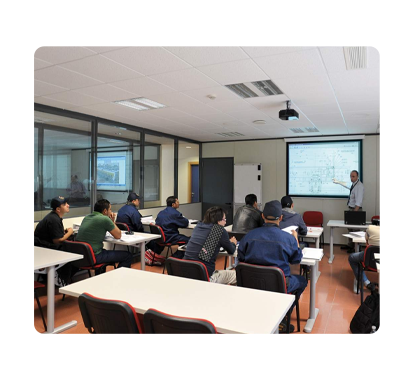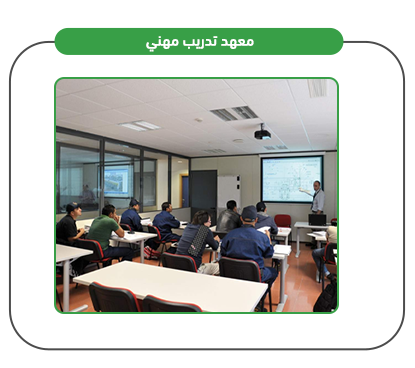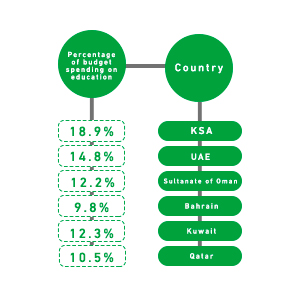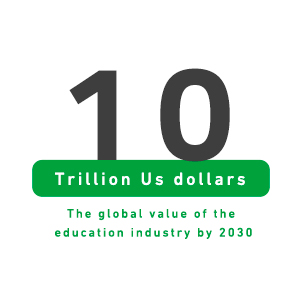mashroo3k Economic Consulting Company offers a feasibility study for a crafts training institute project with the highest return on investment and the best payback period. This study is based on a series of in-depth studies of the Iraqi market size, an analysis of local and foreign competitors’ strategies, and the provision of competitive pricing.

The Crafts Training Institute provides a platform for individuals to learn, both theoretically and practically, the skills of crafts such as plumbing, plastering, carpentry, and blacksmithing. The institute aims to raise the efficiency of workers in various crafts using scientific methods and techniques, helping them provide craft services with greater accuracy and higher quality.
Mashroo3k Company provides Iraqi investors wishing to invest in a Crafts Training Institute project with a set of specialized feasibility studies based on updated databases specific to the Iraqi market. This helps ensure the project’s success, achieves the highest return on investment, and provides the best payback period. This is achieved through accurate studies of the size of the Iraqi market, encouraging the target group to benefit from the institute’s services, and providing opportunities for qualification and networking with major institutions.

mashroo3k Economic Consulting Company is keen to ensure that the Crafts Training Institute Project has a highly experienced team capable of providing educational services to qualify workers in various crafts professions to integrate into the labor market and develop the skills of existing workers to achieve the necessary skills, in accordance with international quality standards. This is in addition to many other consultant recommendations to enhance the project’s competitive advantages and how to shorten the path to achieving the highest return on investment.


Executive Summary
Study of project services/products
Market Size Study
Risk study

The Education Sector in the GCC Countries
Because Mashroo3k Economic Consulting and Market Research believes in the importance of the education sector and its role in localizing the national workforce, it has decided to present the following key indicators of the education sector in the GCC countries, calling for investment in this important sector:
The total number of students in early childhood development (including nurseries and kindergartens) in the GCC countries, according to the latest available statistics, reached 851,500 students.
The number of students in school levels in the GCC countries was estimated at approximately 9.3 million students (79.4% in the public sector and 20.6% in the private sector).
The number of students in adult education centers was estimated at approximately 181,247 students.
The number of higher education students was estimated at 2,206,446 students.
The number of early childhood teachers was estimated at 50,647.
The number of school teachers was estimated at approximately 727,904.
There are 5,806 existing early childhood education institutions.
There are 32,310 existing primary education institutions.
In recent years, governments in the Gulf Cooperation Council (GCC) countries have sought to bridge the gap between education and the labor market. They have adopted educational curricula that increase the share of vocational and technical education and encourage learning through modern media and technologies. In this context, we should not fail to point out the increased spending in these six countries on education and its quality, in order to graduate generations that meet the private sector’s workforce needs.
According to the latest statistics, Saudi Arabia spends 18.9% of its budget on education, the UAE spends 14.8% of its budget on education, the Sultanate of Oman spends 12.2% of its budget on education, Bahrain spends 9.8% of its budget on education, Kuwait spends 12.3% of its budget on education, and Qatar spends 10.5% of its budget on education. By 2023, the private education market in the GCC will reach $26.2 billion.
Global Education Sector
The global education services market was valued at approximately $2,882.52 billion by the end of 2021, and global experts expect the market to reach $3,191.79 billion by the end of 2022, achieving a compound annual growth rate (CAGR) of 10.7%. By 2026, the market will reach $4,623.90 billion, representing a CAGR of 9.7% over the forecast period.
